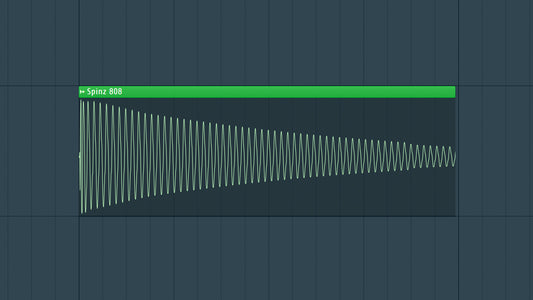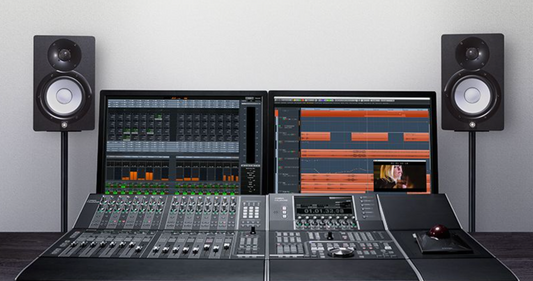Introduction:
I have been producing for 15+ years and one of the most important things I've learned is how to use EQ correctly. In music production, one tool takes center stage as the master behind sonic balance and clarity—Equalization, commonly known as EQ. This fundamental audio processing technique serves as a sculptor of sound, allowing producers to shape the tonal characteristics of individual elements and the overall mix. In this blog post, we'll delve into the world of EQ, exploring its principles, creative applications, and the transformative role it plays in crafting a captivating auditory experience.
Understanding Equalization:
Equalization involves the manipulation of the frequency content of audio signals. By boosting or attenuating specific frequency ranges, producers can emphasize or de-emphasize certain elements, resulting in a more balanced and polished mix. Whether it's carving out space for instruments, enhancing clarity, or adding warmth, EQ is an indispensable tool in the producer's toolkit.

Key Concepts:
Before diving into creative applications, let's explore some key concepts that form the foundation of EQ:
- Frequency Bands: Audio signals are divided into different frequency bands, typically labeled as low, mid, and high frequencies. Each band contributes to the overall sonic character of a sound.
- Q Factor: The Q factor determines the width of the frequency band affected by EQ adjustments. A narrow Q focuses on a specific frequency, while a wider Q influences a broader range.
- Cut and Boost: EQ allows for both cutting (attenuating) and boosting (amplifying) specific frequencies. Cutting can remove unwanted elements or frequencies that clash, while boosting can highlight certain characteristics.
Creative EQ Techniques:
While the primary purpose of EQ is to ensure a balanced mix, it also serves as a creative tool for adding character and dimension. Consider these techniques to elevate your EQ game:
- Subtractive EQ: Start by identifying and cutting unwanted frequencies to create space for other elements. This helps declutter the mix and enhances clarity.
- Frequency Carving: Use EQ to emphasize or de-emphasize specific frequencies to highlight the unique qualities of individual instruments or vocals.
- Mid-Side EQ: Adjust the EQ independently for the mid (center) and side (stereo) components of a signal. This technique provides greater control over the stereo image and can enhance the spatial aspects of a mix.
- Dynamic EQ: Combine the principles of compression and EQ by dynamically adjusting the EQ settings based on the input signal's amplitude. This is useful for taming resonant frequencies or dynamically enhancing certain elements.
The Transformative Role of EQ:
Equalization is more than just a technical process—it's a transformative journey that shapes the emotional impact of a piece of music. By understanding the intricacies of frequency manipulation and embracing creative EQ techniques, producers can breathe life into their mixes, creating a captivating sonic tapestry that resonates with listeners.
Conclusion:
As the sonic architect in the realm of music production, EQ stands as a powerful tool that can elevate your creative expression. By mastering the art and science of equalization, you unlock the ability to sculpt sound, emphasize emotion, and craft mixes that transcend the boundaries of mere audio. So, dive into the world of EQ, experiment with its limitless possibilities, and watch as your musical creations come to life with newfound clarity and vibrancy.




